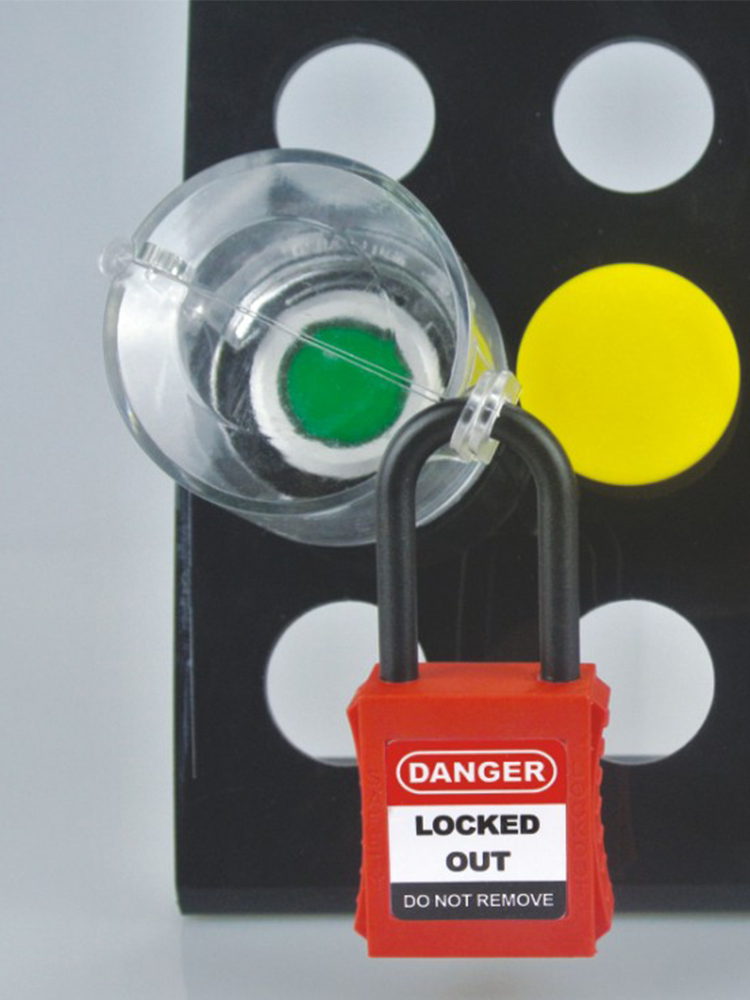Standards for Lockout Tagout
The OSHA standards for The Control of Hazardous Energy (Lockout/Tagout), Title 29 Code of Federal Regulations (CFR) Part 1910.147 and 1910.333 layout the requirements for disabling machinery during maintenance work and protecting workers from electrical circuits or equipment.
You must use a lockout program (or tagout program that provides protection levels equal to that achieved through lockout) whenever your employees engage in service or maintenance. This system normally involves taking dangerous equipment completely offline and removing its ability to energize by locking it into an “off” position, then tagging it to the individual who placed the lock and who is the only person able to remove it.
The basic requirements as stated in the standards are as follows:
Employers must draft, implement, and enforce an energy control program and procedures.
A lockout device, which temporarily disables machinery so that hazardous energy cannot be released, must be used if the machinery supports it. Otherwise, tagout devices, which are warnings to indicate that the machinery is under maintenance and cannot be energized until the tag is removed, can be used if the employee protection program provides equal protection to a lockout program.
Lockout/Tagout devices must be protective, substantial, and authorized for the machinery.
All-new, refurbished, or overhauled equipment must be capable of being locked out.
Lockout/tagout devices must identify each user and only the employee who initiated the lockout can remove it.
Effective training must be provided to all employees who work on, around, and with heavy machinery and equipment to ensure understanding of hazardous energy control procedures including their workplace’s energy control plan, their specific position’s role and duties within that plan, and OSHA requirements for lockout/tagout.

Post time: Nov-19-2022

